It's becoming pretty common knowledge, at least in policy circles, that all of those terrific services we're getting from our smartphones and tablets may become a lot less reliable unless we figure out how to devote more radio spectrum to wireless communications. The growing awareness is good news. But we'd feel a whole lot better if there was a bit more urgency about the issue. The spectrum crunch threatens consumers with higher prices, less service for their dollar, and less reliability and quality as well.
A new paper by the Hispanic Institute and Mobile Future underscores the rate at which Hispanics relay on mobile -- especially in light of the ongoing digital divide in home broadband adoption. And so, the spectrum crunch demands attention in order to avoid harming the mobile experience, especially for those who rely on mobile for their primary web access.
As another smart new paper by Rysavy Research points out that putting spectrum to work is a lot more complicated than turning on a faucet for more. For example, it can take five-to-ten years between the time the government identifies spectrum for wireless service and the airwaves are actually in use and carrying data to and from our mobile devices.
The FCC says we need to boost spectrum for wireless by 500 MHz by the end of the decade. That's a big leap, considering only about 542 MHz are now allocated for such purposes, and auctions recently approved by Congress are generally expected to produce less than 100 MHz or commercial mobile use. We need to figure out where the rest of it's coming from, and we need to do it right away before our devices start to be less enjoyable and valuable.
The new Rysavy Research paper maps out the challenges facing service providers as they work to meet customers' growing thirst for video and other services that eat up spectrum. For one, you just can't go out and buy more whenever you need it. The supply of spectrum is physically limited, its allocation is controlled by the government, and the government doesn't make it available very often. Significant blocks of spectrum have been made available only four times in the past 30 years. Companies seek to buy spectrum rights whenever the opportunity arrives even if they don't need it immediately.
Once a company has rights to spectrum, there are a lot more hurdles before it can be deployed -- local permitting, establishing technical standards, and installing additional infrastructure such as new cell towers to mention a few. To control costs, spectrum is deployed in a controlled fashion as demand rises. Rysavy also notes that upgrading new technologies such as LTE services most carriers are now introducing requires a dedicated chunk of spectrum -- even while continuing to back customers using older 2G and 3G devices.
Put it all together, the paper observes, and there will be times when companies are going to have some spectrum that's not currently in service. Some critics say these temporarily idle blocks of spectrum prove that wireless companies are hoarding or that the spectrum crunch doesn't exist. But it's hard to think of any businesses in which supply and demand are in perfect balance. What's really happening here, according to the Rysavy paper, isn't hoarding, but simply smart preparation -- buying the spectrum you expect to need when you can, so that you can put it to use for customers when they need it most.
It's an eye opening paper, detailed, but accessible. Here's hoping that policymakers will give it a look and start working to find the spectrum we need before our smartphones are stuck in gridlock.
Jason A. Llorenz, Esq. is Executive Director, the Hispanic Technology and Telecommunications Partnership (HTTP). Follow on twitter: @hispanicttp. www.httponline.org.